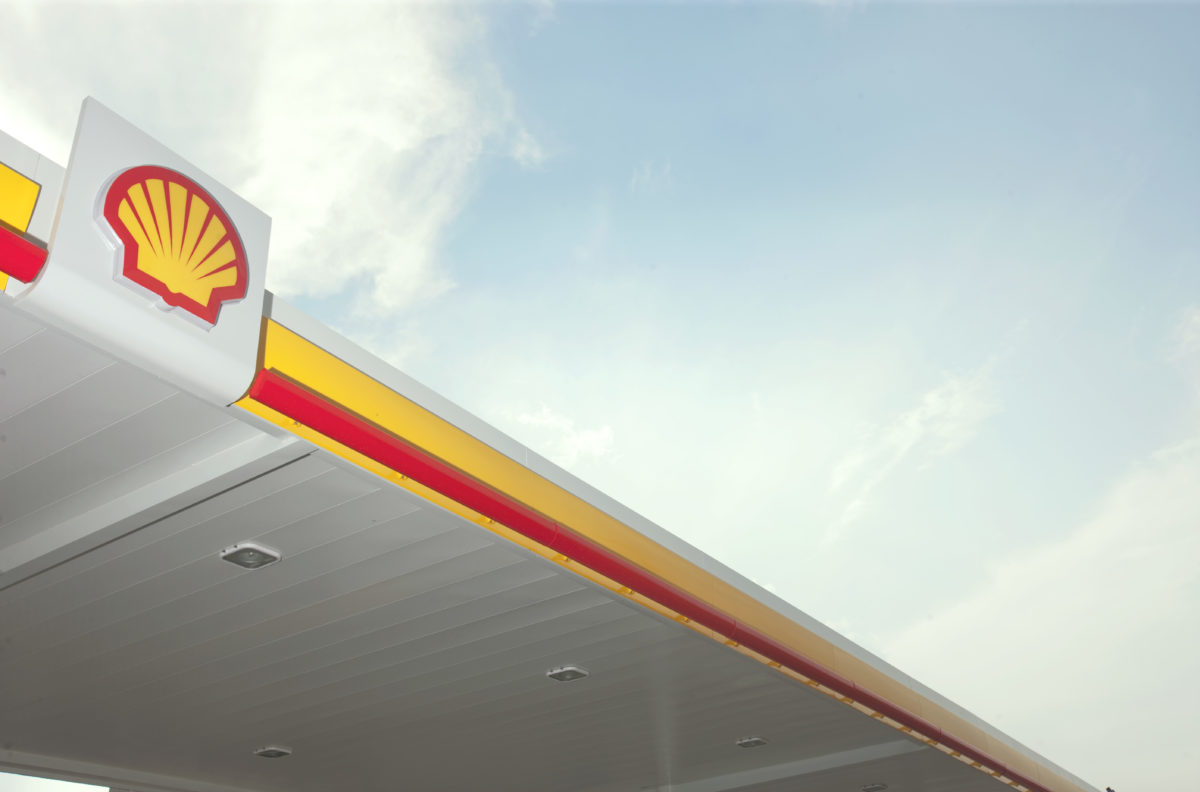In order to achieve its aim to bring down the net carbon footprint of its energy products by around half by 2050, Shell has developed a strategy for the energy transition, which is to ensure its portfolio resilience while adapting to potential changes in the energy system.
In response to the recommendations of the Financial Stability Board’s Task Force on Climate-related Financial Disclosures, Shell’s energy transition plan envisages continued investment in oil and gas, in order to meet society’s rising energy demands. Meanwhile, in accordance with its energy transition scenarios, including the most ambitious one known as Sky, the company will be preparing its portfolio to move more into lower-carbon energy, where this makes commercial sense.
Short/medium/long term
Until the end of the decade, the oil major plans to invest in its New Energies division, which focuses on investing between US$1 billion to $2 billion a year, on average, in renewables and low-carbon energies. It expects the largest part of the investments to go into power generation, including solar and wind, which Shell sees as particularly attractive, due to the cost declines.
The company will, however, look to invest only in those power markets that are not plagued by regulatory uncertainty, which could eventually undermine long-term revenues. In terms of equity returns, Shell’s target band stretches from 8% to 12%.
By 2030, Shell is expected to produce around 80% of its current proved oil and gas reserves, and only 20% after that time. This leaves a lot of room for the company to adapt to the changing consumption patterns, rather than end up with large quantities of fossil fuels in its portfolio, as the world shifts towards greener energy.
In the medium term, the company plans to grow its business in areas it expects to be important in the energy transition, while reducing costs and improving its CO2-intensity performance. This includes investments in areas, such as wind generation in the Netherlands, supplying power to retail customers in the U.K. and offering hydrogen refueling and electric-car charging.
Although it notes that there is great uncertainty in how the energy transition will unfold in the long run, Shell has reaffirmed its ambition to halve the net carbon footprint of the production and consumption of its energy products by 2050.
“Understanding what climate change means for our company is one of the biggest strategic questions on my mind today. In answering that question, we are determined to work with society and our customers. We will help and inform and encourage progress towards the aims of the Paris Agreement. And we intend to continue to provide strong returns for shareholders well into the future,” says Shell CEO, Ben van Beurden.
Shell scenarios
Unlike its previous two scenarios, Mountains and Oceans, which deliver net-zero emissions from the energy system by the end of the century, but fall short of the temperature goal of the Paris Agreement, Shell's Sky guarantees the fastest and most solid energy transition, but is also the most challenging to deliver.
Used as the reference for the latest report, Sky is the industry’s greenest scenario, which envisages that renewables will overtake fossil fuels as the primary energy source in 2050, whereas after 2060, there will be hardly any fossil fuels in global energy consumption. Moreover, it indicates that the share of electricity in final energy consumption will increase from 18% today to 26% by 2030, and to as much as 50% by 2060.
The company says that these are the forecasts that will drive change across its portfolio, as it seeks to adapt to the new low carbon energy reality.
This content is protected by copyright and may not be reused. If you want to cooperate with us and would like to reuse some of our content, please contact: editors@pv-magazine.com.




By submitting this form you agree to pv magazine using your data for the purposes of publishing your comment.
Your personal data will only be disclosed or otherwise transmitted to third parties for the purposes of spam filtering or if this is necessary for technical maintenance of the website. Any other transfer to third parties will not take place unless this is justified on the basis of applicable data protection regulations or if pv magazine is legally obliged to do so.
You may revoke this consent at any time with effect for the future, in which case your personal data will be deleted immediately. Otherwise, your data will be deleted if pv magazine has processed your request or the purpose of data storage is fulfilled.
Further information on data privacy can be found in our Data Protection Policy.